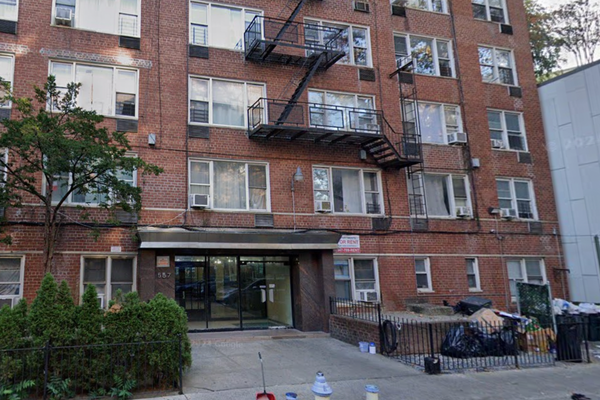
The stock market's key volatility index, often called Wall Street's Fear Gauge, this week has slumped to its lowest in three years as the S&P 500 looks set to break into bull-market territory.
Easing concern that a recession will set in and fading prospects for Federal Reserve rate increases are key factors in the move.
CBOE Group's Volatility Index, the VIX, attempts to capture the expected 30-day volatility of the S&P 500 benchmark.
The gauge fell 4.68% in the overnight session to 14.04 points, a move that extends its year-to-date decline to around 33%. The index at one point fell below the 14-point level for the first time since February 2020.
At current levels, the VIX suggests that traders are anticipating daily moves for the S&P 500 of around 37 points, or 0.87%, over the next month. That compares with 30-day volatility levels of around 1.6% when the regional banking crisis started in early March.
Goldman Sachs, which earlier this week lowered its recession odds to 25% thanks in part to the successful debt-ceiling deal, has argued that strong labor markets are a "key determinant of equity market volatility."
The U.S. economy added 339,000 new jobs last month, data from the Labor Department indicated last week, while wage growth slowed to 0.3% from April levels, boosting the chances of a so-called soft landing -- no recession -- for the domestic economy.
Lower VIX Might Be a Bullish Portent for Stocks
In a recent research note, Christian Mueller-Glissmann, head of asset-allocation research within portfolio strategy at Goldman, notes that lower VIX levels could suggest investors are readying to move some of their excess cash into the equity markets now that recession risks have faded and the Fed looks near or at the end of its rate-hike cycle.
Recent data from Bank of America's closely tracked Fund Managers' Survey suggest that cash levels remain elevated, at around 5.6% of total portfolios. That's down from the two-decade high 6.1% levels seen in September of last year but well above the accepted neutral rate of around 4%.
That suggests that even a modest move from the sidelines could ramp global stocks firmly higher over the coming months. The B of A survey also noted that not only are investors betting on a soft landing for the U.S. economy, but fully 61% think the Fed has executed its last rate hike.
The S&P 500 is up 11.57% for the year, having risen around 4.25% since the start of the second quarter alone. It's just 10 points shy of a 20% gain from its October lows, a move that would lift the benchmark into bull-market territory.
An Important Caveat About the Recent Rally
Others are finding the recent rally difficult to justify.
"Under the surface, the equity market looks less healthy than the major indexes suggest," said John Lynch, chief investment officer for Comerica Wealth Management.
"After gaining clarity on the debt ceiling, we look for the Federal Reserve to remain steadfast in its policy pursuits, with elevated interest rates and tighter credit standards weighing on economic activity for the remainder of the year." he added.
"Falling corporate profits historically have led to reductions in employment and capital expenditures, and we see no reason why this experience should prove any different."
Collective S&P 500 profits are likely to have ticked 0.01% lower from a year earlier to a share-weighted $441 billion. Second-quarter profits are forecast to fall 5.4% from a year earlier but to come in flat with the first three months of the year.
Low VIX volatility levels could reflect that anticipated move, in fact, given the arithmetic of its calculation.
If stocks were to rise 1% each day for 10 days, for example, the implied volatility would be zero, given that the rate of change each day is the same.
Options traders, who keenly track the cost of hedging their positions, may also find that executing downside protection trades aren't worth paying for, at least in high volume, muting the overall VIX levels.
That means that while low volatility levels are sometimes misinterpreted as a sign of complacency, they can also indicate near-term bullishness.
But Louis Navellier, chief investment officer at Navellier Calculated Investing in Reno, Nevada, says the muted VIX levels may suggest both an an expensive market and richer alternatives elsewhere.
"The low VIX reflects the lack of major concerns, which also means there's a lack of underpriced opportunities,' he said.
"Investors who have sat on the sidelines waiting for the much anticipated recession to buy the dip appear reluctant to give up 5% money-market yields and jump in after missing such strong year-to-date returns in hopes for further material gains."
Sign up for Real Money Pro to learn the ins and outs of the trading floor from Doug Kass’s Daily Diary.







